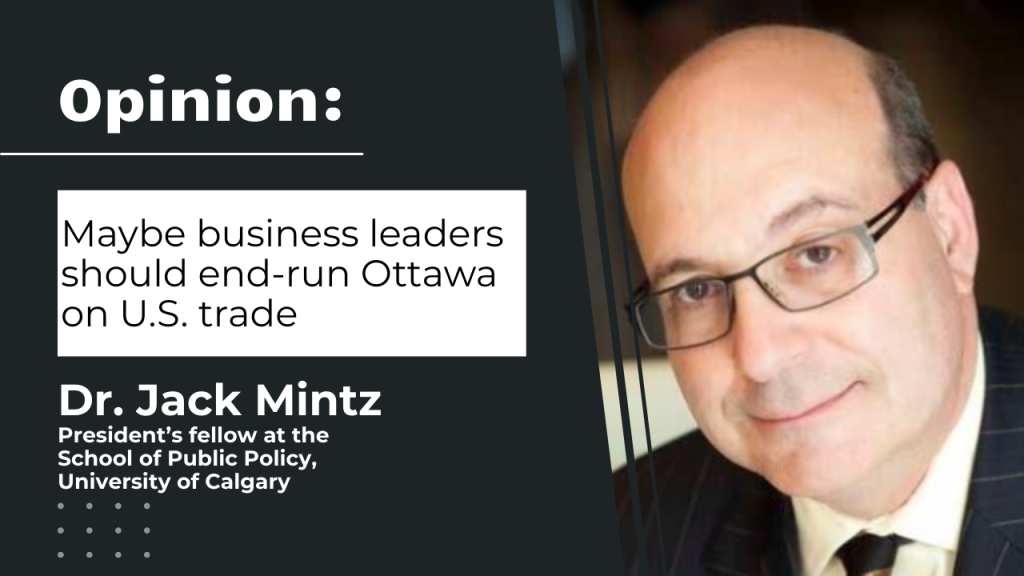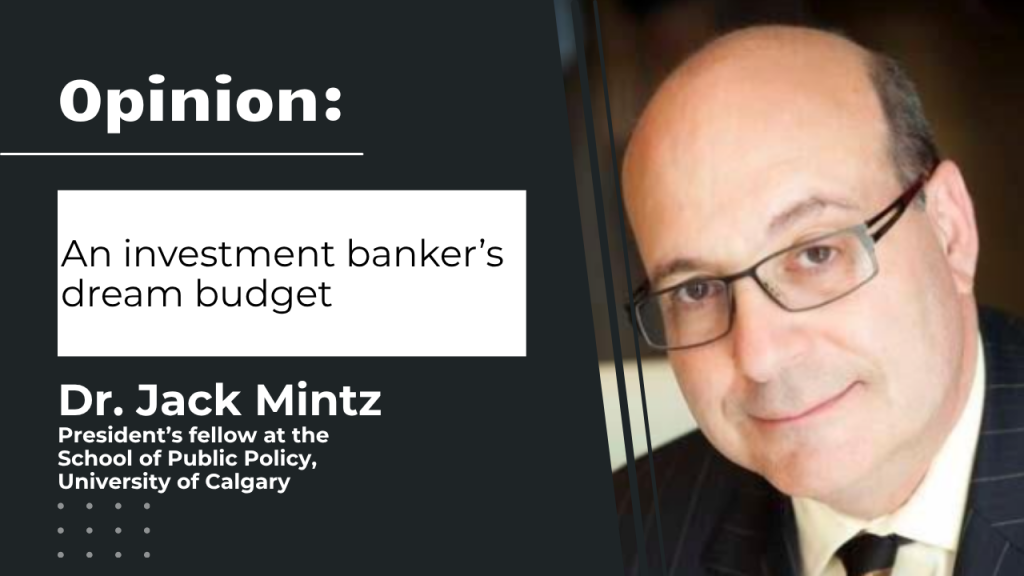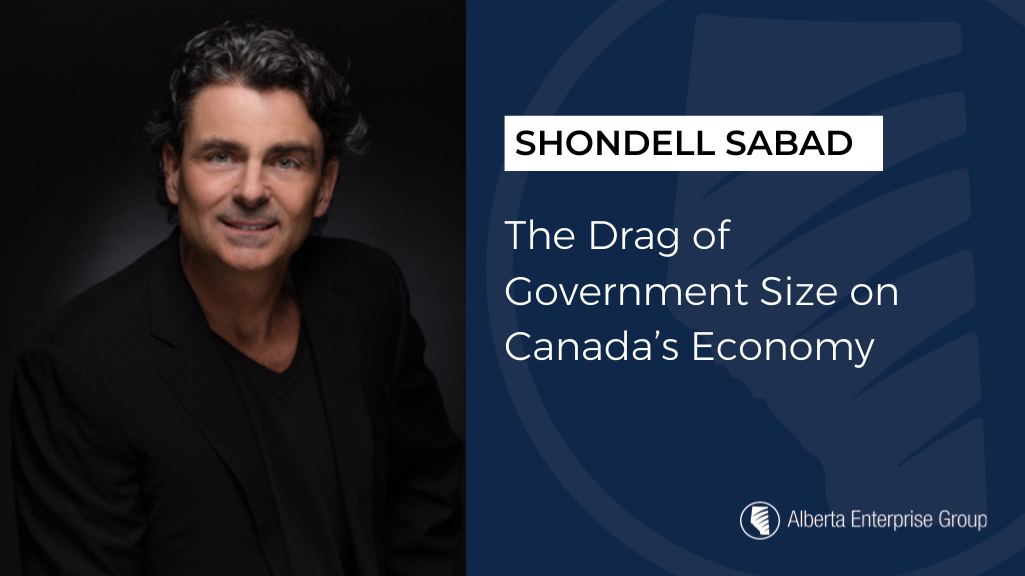Canada’s trade ties with the United States are stifled by Ottawa’s slow moving policies. Business leaders are urged to bypass the government and forge direct, market driven partnerships with U.S. firms – securing quicker supply chain deals, cross border financing, and better tariffs. Relying on bureaucratic negotiations will leave Canada lagging, while proactive private sector action can safeguard competitiveness and spur growth.
Targeted industrial policy may feel like bold nation-building, but it comes at a cost. Preferential tax treatment for select sectors undermines productivity and that true long-term growth requires a more neutral, market-driven tax system.
The 2025 Canadian federal budget delivers a suite of tax incentives, infrastructure spending, and regulatory reforms that create unprecedented opportunities for investment bankers. Discover why analysts are calling it “the ultimate deal maker’s playbook.
Over 2,000 construction, design, and real estate pros gathered in Calgary for BUILDEX Alberta – a two-day showcase of innovation and industry leadership. Backed by ICBA & ICBA Alberta, the event underscored the industry’s crucial role in Alberta’s growth and the challenges needed to keep Canada’s building economy competitive.
State protected monopolies – think utilities, railways and legacy telecoms – may enjoy legal shields, but they’re not immune to the benefits of competition. Fresh rivals drive down prices, spark innovation, and keep public service providers accountable to the citizens they serve.
Carney’s groundbreaking fiscal redefinition reshapes public finance, unlocking fresh avenues for government borrowing. By redefining “deficit” and “debt sustainability,” the new framework promises greater fiscal flexibility. Stakeholders can now navigate a clearer path to financing large‑scale projects while maintaining transparency and confidence in sovereign creditworthiness.
Canada’s unemployment rate is rising faster than in the U.S., and many blame Prime Minister Carney’s extended foreign trips and lack of decisive domestic action. Critics are demanding an end to his “unearned vacation” and urging swift progress on Canada’s energy‑superpower goals, renewed tariff negotiations, and the removal of red‑tape that stalls vital projects from Alberta to the Prairies.
In 2009, economists Reinhart and Rogoff warned that when nations try to defy economic gravity, crisis is inevitable. Today, Canada is flashing similar red flags: soaring debt-to-GDP, falling productivity, and rising deficits. Despite historical evidence, we keep spending as if “this time is different.” But real prosperity is built by entrepreneurs, job creators, and communities from the ground up. At AEG, we believe change only comes when we act differently.
As Alberta charts its economic future, a critical question emerges: What size should government be to maximize prosperity? With spending approaching 30% of GDP, Alberta still outperforms other provinces, but risks slowing growth if this trend continues. Research shows that excessive government size can stifle innovation and reduce living standards. A balanced approach can keep Alberta competitive and thriving.










